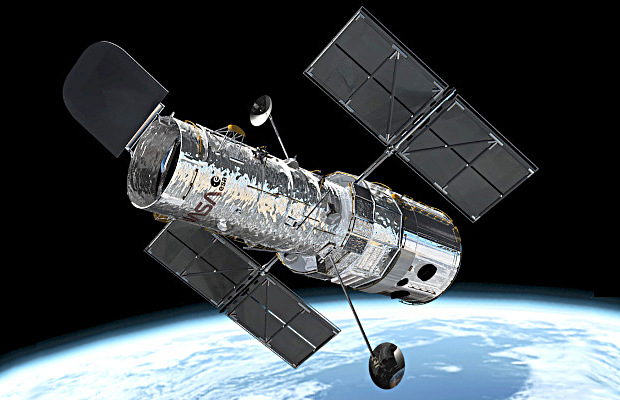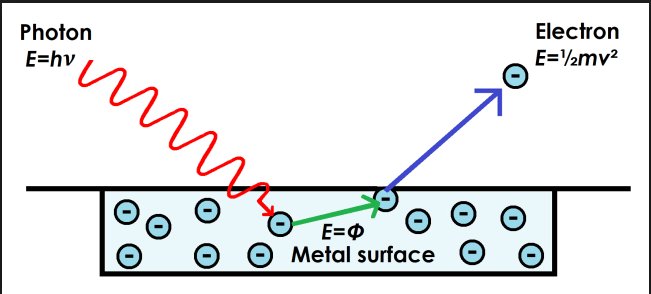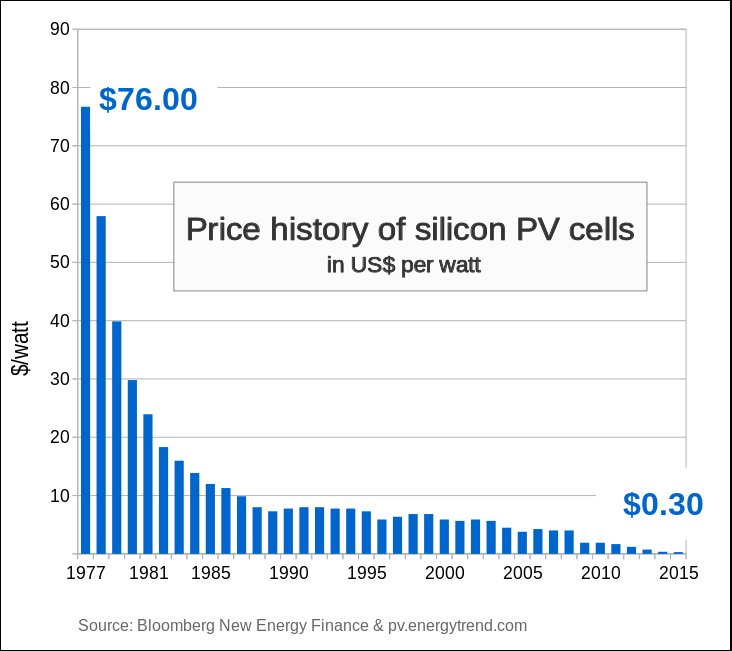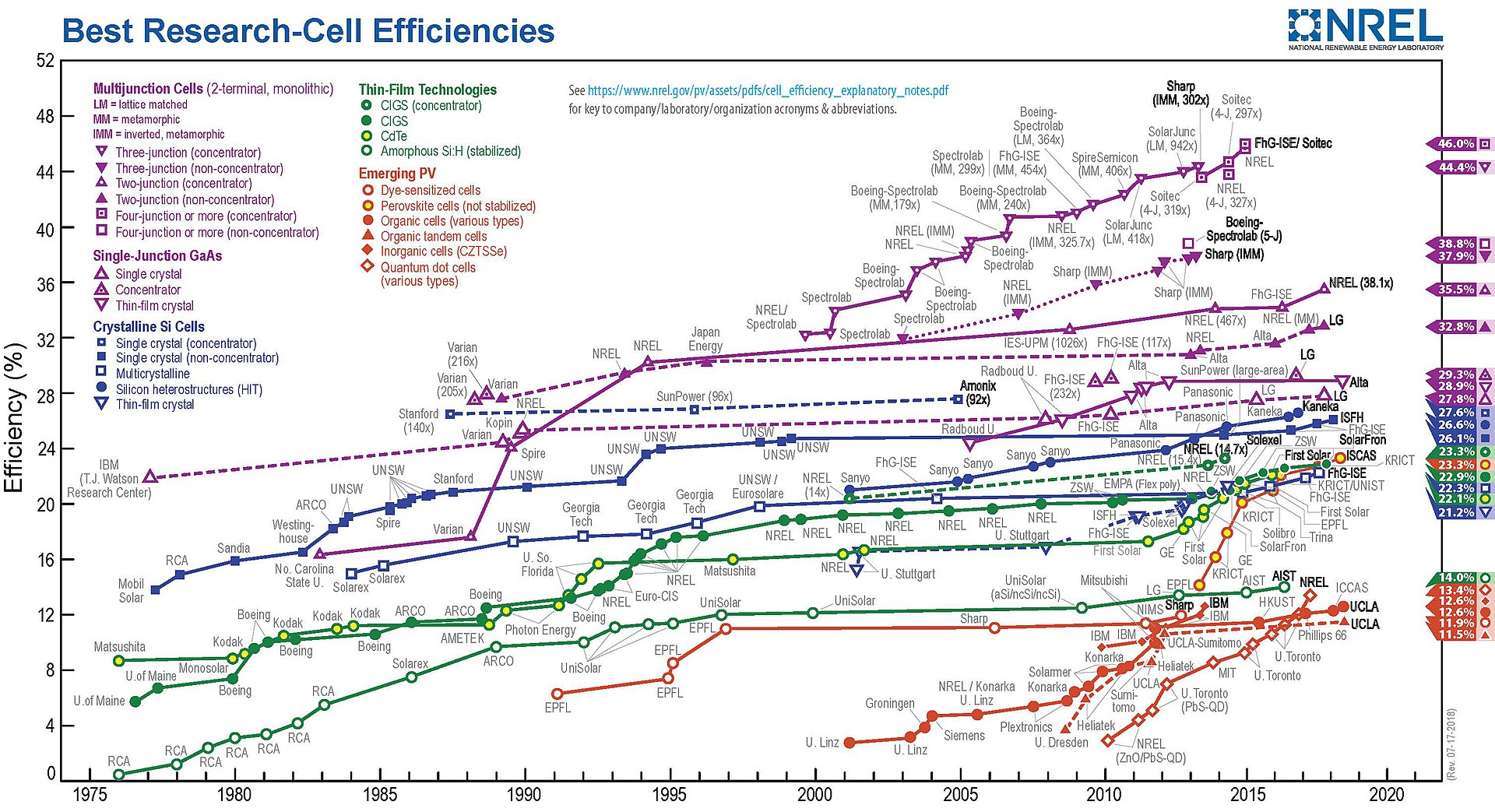We’re all familiar with Photoelectric or Solar Cells, those shiny black squares or rectangles that produce electricity whenever light falls on them. Many portable electronic devices such as radios, calculators and even traffic signals get their power from solar cells while if you cover the roof of a home or building with them they can provide most of the power that building uses. And let’s not forget all of the satellites in outer space that are powered by solar arrays, not to mention the International Space Station itself.


The history of photoelectricity actually goes back to some of the earliest experiments with electricity. In 1873 Willoughby Smith described ‘The Effect of light on Selenium during the Passage of an Electric Current’ while in 1883 Charles Fritts built a solid-state photovoltaic cell by coating the semiconductor selenium with gold to act as the + terminals.
It was Albert Einstein who figured out what was going on. Light, Einstein realized, was made up of subatomic particles and like all particles they had some momentum to them. This momentum could knock electrons away from their atoms and start them moving in an electric current. This is the theory for which he actually won his Nobel Prize.

Starting around the 1960s people began to realize that the world’s oil supply wasn’t going to last forever and besides burning oil was causing all kinds of pollution that were damaging the Earth. Wouldn’t it be a good idea to get our power directly from sunlight by means of photoelectric cells?
Problem, or rather a trio of problems quickly became apparent. The first is that, while the power in all of the sunlight falling on Earth is tremendous it’s also rather spread out so you have to cover a large area with solar cells to get appreciable amounts of power. The second problem compounds the first because solar cells aren’t very efficient. Only 10-15% of the energy of the light was converted into electricity, meaning you needed to cover an even bigger area to get the power you needed. Finally the third problem was simply price, in the 1960s photoelectric cells were very expensive to manufacture, mainly because no one had ever tried to produce them in large quantities.
It was the third problem that was solved first. Looking at the chart below you can see how the price of solar cells, per watt of power produced had dropped from $76 dollars in 1977 to about $3 dollars in 2010. Much of this reduction in price came about from improvements in the semi-conductor industry in general. You may not know it but solar cells are manufactured with much the same equipment and in much the same way as the silicon chips running your computer as you read this! So the reductions in the price of integrated circuits over the last 40 years has helped to reduce the price of solar cells at the same time.

in Dollars per Watt of Output Power (Credit: Wikipedia)
There has also been considerable improvement in efficiency over the last 45 years. Starting with efficiencies below 10% in 1975 new materials and new construction techniques have enabled researchers to make steady, incremental increases in efficiency until now efficiencies close to 50% are possible. The chart below, which details this progress is complicated but worth trying to understand.

Some new developments may improve the situation even more because a group of materials scientists have announced the development of a solar cell that converts 85% of the light that falls on it into electricity. The team is led by Professor Hiroaki Misawa of the Research Institute for Electronic Science at Hokkaido University and has produced a solar cell that consists of a sandwich of materials 30 nanometers thick. See diagram below.

Starting with a substrate of Silicon Dioxide (SiO2) on which is placed a layer of gold film. Next comes a layer of the semiconductor Titanium Dioxide (TiO2) and finally a smattering of gold nano-particles are placed on top. What happens is that light passes through the smattering of gold nano-particles; the TiO2 absorbs some while the full layer of gold reflects the rest back into the TiO2 which absorbs some more! The light continues to bounce back and forth with some more getting absorbed in each reflection.
The question right now is, can these new solar cells be produced cheaply enough, in large enough quantities. Maybe, or maybe other scientists will discover other arrangements of materials that produce the same efficiency. In either case we are getting closer to the goal of directly using the power of the Sun to produce the electricity our civilization becomes more dependent on every day.
